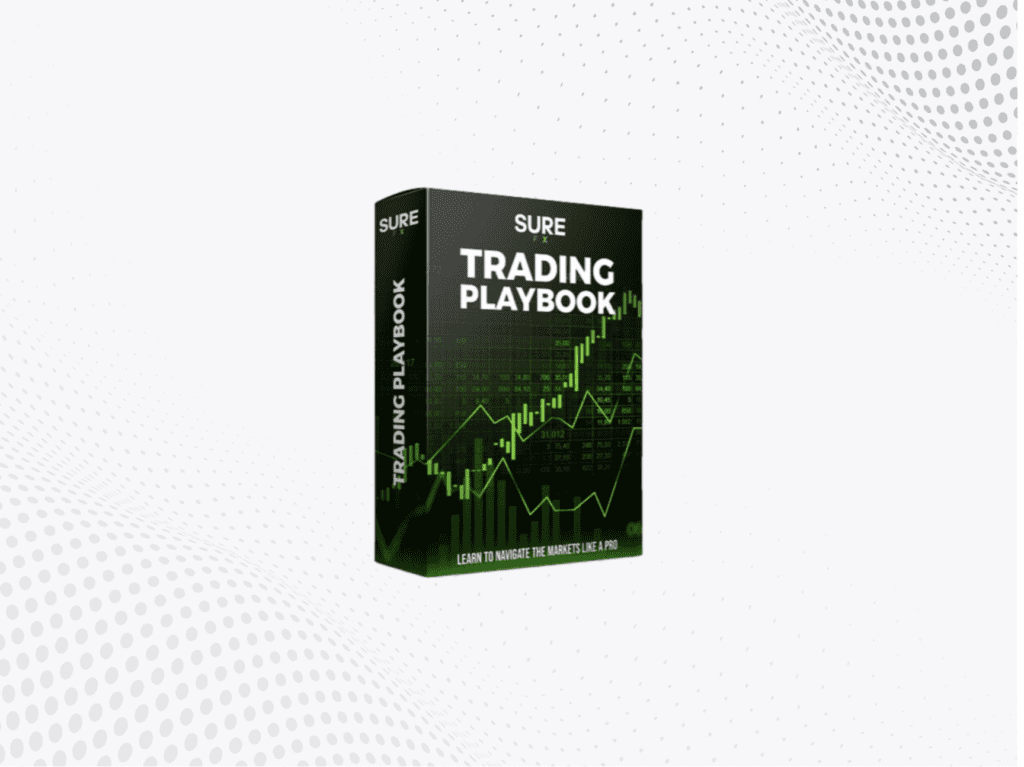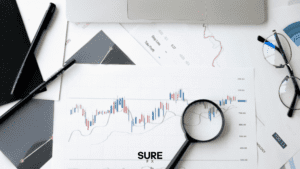
The Digital Forex Course: Unlocking the Benefits of Learning Forex Trading Online
I n today’s fast-paced world of financial markets, learning how to trade forex (foreign exchange) has become an increasingly popular way to build wealth and achieve financial freedom. With the rise of digital education platforms, aspiring traders now have access to a wealth of resources that allow them to learn forex trading online. This evolution has opened up new opportunities for both beginners and experienced traders, making it easier than ever to navigate the world of the currency exchange market from the comfort of home. But what exactly is the Digital Forex Course, and why has it become a game-changer in the world of trading education? In this article, we’ll explore the core benefits of learning forex trading online and why it’s the ideal choice for many people looking to enter this lucrative financial space. What Is a Digital Forex Course? A Digital Forex Course is an online learning program designed to teach individuals how to trade foreign currencies on the global forex market. These courses are typically offered through platforms such as video tutorials, webinars, eBooks, and interactive forums, and they cater to various levels of expertise—from complete beginners to seasoned traders. The key features of a Digital Forex Course include: Comprehensive Curriculum: Covering everything from the basics of forex, trading strategies, technical and fundamental analysis, to advanced trading psychology. Flexible Learning: Many courses are self-paced, allowing learners to study whenever and wherever they choose. Access to Expert Mentorship: Some courses offer one-on-one mentoring or live Q&A sessions with expert traders. Community Support: Learners can join trading communities, ask questions, share experiences, and collaborate with others in the course. Benefits of Learning Forex Trading Online Convenience and Flexibility One of the most significant advantages of Digital Forex Courses is the convenience they offer. In traditional classroom settings, learning forex might require travel, fixed schedules, and limited access to resources. But with an online course, you can access the material from anywhere in the world, at any time. Whether you’re working a full-time job, studying, or managing family responsibilities, online forex courses provide the flexibility to learn at your own pace. Moreover, since forex trading occurs 24 hours a day, online courses allow you to learn in real-time, which can be helpful for grasping how different trading sessions impact the currency exchange market. Cost-Effective Education Compared to traditional in-person forex trading seminars or mentor-led programs, Digital Forex Courses are often more affordable. You can find courses at a range of price points, from free introductory lessons to premium programs that offer deep insights and personal mentorship. For many learners, this cost-effectiveness makes forex education accessible to a broader audience, reducing barriers to entry. Additionally, many online courses offer free trial periods or money-back guarantees, allowing you to evaluate whether the course content aligns with your learning goals before making a financial commitment. Diverse Learning Resources Digital Forex Courses are often designed with different learning styles in mind. Whether you prefer watching videos, reading articles, participating in live webinars, or engaging in hands-on practice with demo trading accounts, there are a variety of resources available to suit your needs. Some online platforms offer: Video Lessons: Visual tutorials that explain complex concepts in a simple and digestible way. Interactive Quizzes: To test your understanding and reinforce the learning material. Live Trading Sessions: Real-time demonstrations of forex trading strategies in action. eBooks and Articles: Deep dives into specialized topics such as risk management or advanced trading techniques. These multimedia tools can significantly enhance your ability to retain and apply the concepts you learn. Access to Expert Instruction Digital Forex Courses often feature content created by industry professionals with years of experience. In many cases, these experts have traded at the highest levels and can provide insights into both the theoretical and practical aspects of forex trading. Some advanced courses also offer live coaching sessions, where you can receive personalized feedback, ask questions, and get clarification on strategies and techniques. This level of expert support is incredibly valuable for learners who want to take their skills to the next level. Opportunity for Networking and Collaboration A major benefit of many Digital Forex Courses is the community aspect. By participating in forums, chat groups, and social media channels associated with the course, you can network with fellow traders, share tips, discuss strategies, and gain motivation from others who are on the same learning journey. Joining a community of like-minded individuals can foster a sense of accountability and provide you with support during difficult times. Since forex trading can be a solitary activity, being part of an online community can make the learning process more engaging and enjoyable. Risk-Free Learning Through Demo Accounts One of the greatest challenges for new traders is understanding how to apply theoretical knowledge in real market conditions. Digital Forex Courses often provide demo accounts that allow you to practice trading without the risk of losing real money. These simulated accounts mirror real market conditions and give you the chance to hone your skills, test strategies, and build confidence before committing any capital. This “learning by doing” approach is crucial for any aspiring trader, as it helps you gain hands-on experience and become familiar with trading platforms, market analysis, and order execution. Constant Updates and Market Insights The currency exchange market is incredibly dynamic, with economic factors, geopolitical events, and market sentiment constantly influencing currency prices. A key advantage of online forex courses is that they can be easily updated to reflect the latest market trends, strategies, and technological advancements. This means that when you take a Digital Forex Course, you’re not only getting a solid foundational education but also staying up-to-date with the latest developments in the world of forex trading. Some advanced courses also offer regular market analysis from expert traders, which can be invaluable for keeping your trading strategies sharp and relevant in a constantly changing market environment. Forex Trading Tips for Beginners For those just starting out, it’s essential to approach forex trading with caution and a










